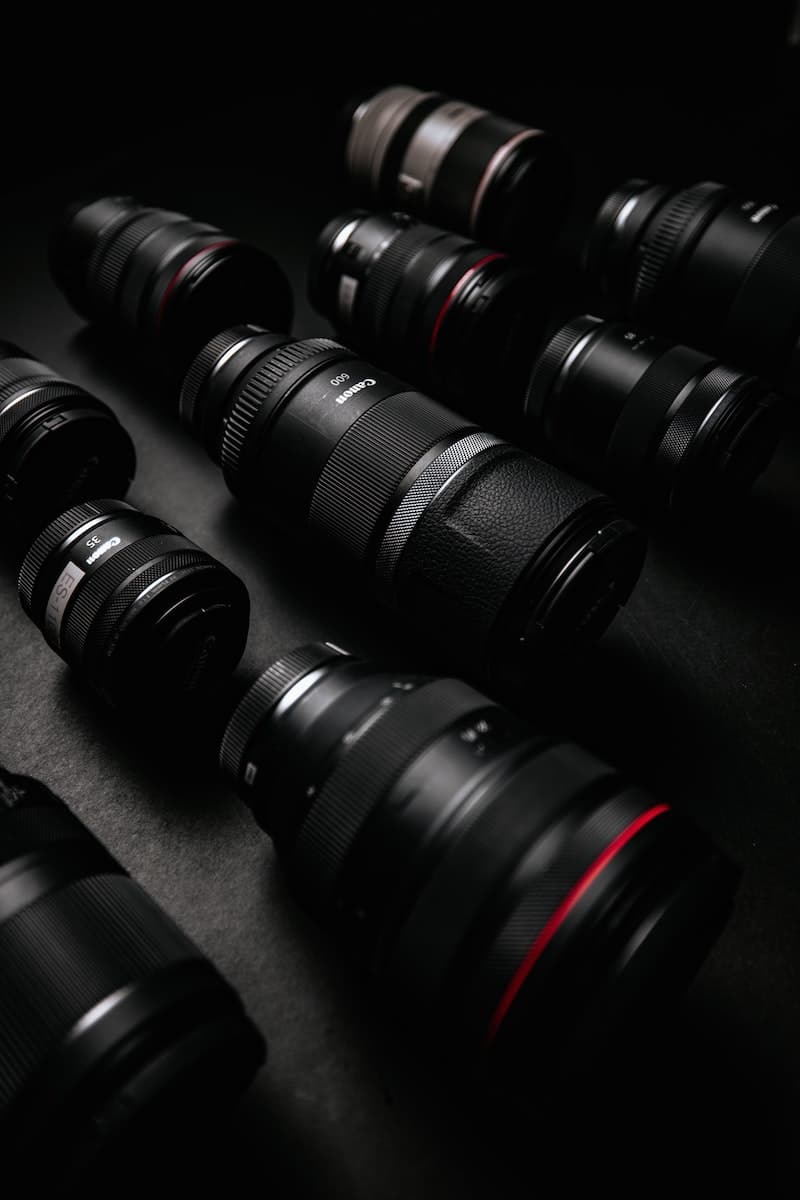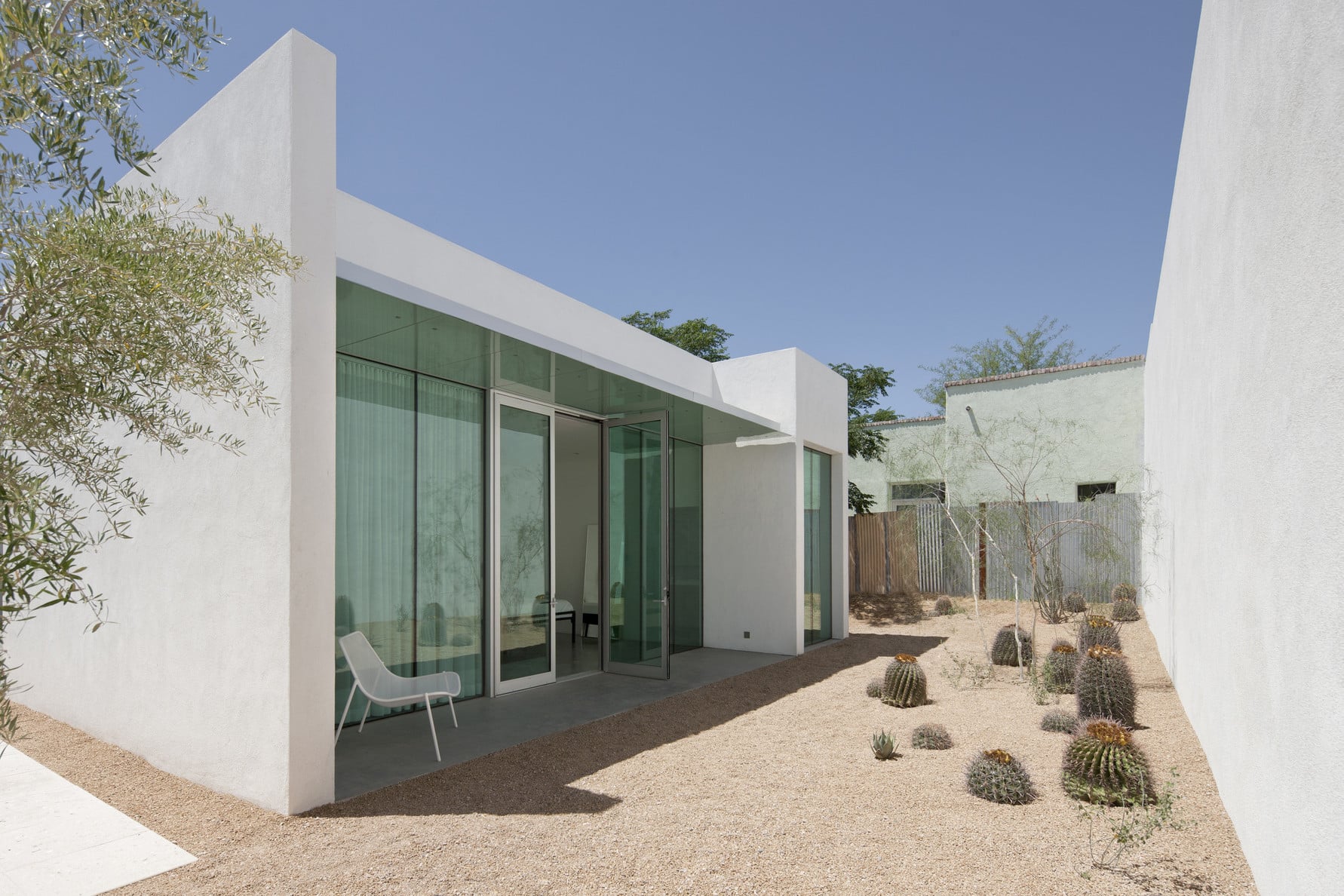Different situations demand different shooting strategies. Different photographers prefer different features. And different goals require different gear.
It’s the same with the lenses you use.
The two main types of camera lenses are prime lenses and zoom lenses. Prime lenses have only one set focal length, such as 35mm or 50mm or 85mm. Zoom lenses, as you might have guessed, allow for a range of focal lengths in the same lens, such as a 24-105mm zoom range which allows you to change your field of view without changing your position.
According to the State of the Photography Industry report released by Zenfolio, zoom lenses come in over prime lenses when all photography specialties are taken into consideration. That being said, portrait, wildlife, and still-life photographers favor prime lenses over zoom lenses as their top choices.
Both types come with their own advantages and disadvantages, and it takes time to figure out which would fit your needs best. Trial and error is one way to figure out the difference between prime and zoom lenses; the other (and quicker, smarter way) is to research the pros and cons of each, figure out what you are looking for in a camera lens, and explore from there.
What is a prime lens?
A prime lens is a camera lens covering one specified focal length (for example, 50mm). Prime lenses come in different sizes and focal lengths, ranging from the fisheye to the super-telephoto.
Using a fixed focal lens means you have a set angle of view that cannot be changed. To enlarge your subject, you must physically move closer to the object; to fit more into the frame, stepping back is required.
Moving backwards and forwards with a prime lens is not the same as zooming in and out with a zoom lens, however. When changing the difference between the camera and subject, you must consider these factors:
The compression effect: How should you present the separation between the subject and the background?
The depth of field: As you move closer to the subject, are you still fitting everything you’d like to see inside the frame?
The lens distortion: Do far-away landscapes have a curved horizon? Are close-up details overrepresented in the photograph?
What is a zoom lens?
Zoom lenses allow you to zoom in and out as you take pictures or shoot videos. The movable focal length lets you change the angle of view as you shoot, without requiring you to change your physical distance from the subject.
In other words, you can get your subject to appear closer or further away with a simple turn of the ring, which moves the optical elements inside the lens to place the focus of the lens where you want it to be.
Most zoom lenses give a focal range variation within one of the three types of lenses: a wide-angle lens, a normal lens, or a telephoto lens.
For example, the most common telephoto zoom lenses have a range of 70-200mm. With a zoom lens with a 24-105mm zoom range, however, a zoom lens may offer three types of lenses all in one lens.
Why choose a prime lens?
Prime lenses are known for their sharpness, wide apertures, and higher image quality. What’s less obvious are the advantages of their size and weight; in general, a prime lens is lighter and smaller than a zoom lens, making shooting sessions easier and more enjoyable.
The wide aperture gives images a narrower depth of field, keeping the subject in focus while blurring everything else. Low-light shots with quick shutter speeds are also made possible by the wide aperture, resulting in high-quality photos taken with suboptimal lighting.

Photo by Vin Stratton
The last but oft-overlooked benefit of shooting with a fixed focal length lens is that it forces you to move physically as you seek the perfect angle to take the shot from. This may spark innovative shots, creative solutions, and new perspectives in your shooting sessions—in addition to improving your ability to “see” potential shots from a set focal length.
Size and Weight
A prime lens tends to be lighter than a zoom lens, simply because it has fewer optical components due to the single focal length. This makes them easier to carry, manipulate, and shoot with, without sacrificing quality.
Prime lenses are also typically smaller than zoom lenses. Having smaller, lighter lenses may enhance your enjoyment of photography. That being said, some wide-aperture prime lenses can be rather weighty.
Sharpness
Prime lenses are typically sharper. When a lens has few focal lengths to accommodate for, it makes it easier for the lens to produce sharp images. It’s easier for manufacturers to produce a lens that’s sharp at one focal length than at many.
Because prime lenses have fewer optical elements inside, and because of the wide apertures that allow more light into the frame, images taken with inexpensive prime lenses can capture sharp images. To achieve a similar level of sharpness, you would need a higher-end zoom lens around the $1,000-benchmark.
Shallow depth of field
Prime lenses have a wider aperture, allowing for shallower depth of field (or range of focus). A shallow depth of field allows you to place your subject in focus while the foreground or background fade into a blur.
This ability to blur out the foreground and background using a wide aperture (an effect called “bokeh”) keeps your subject in focus, helps your subject stand out, and leads to eye-catching photography. Telephoto zoom lenses offer similar results by shooting at maximum aperture and at a long focal length; however, this results in a different look.
Low Light
With a wide-aperture prime lens that allows extra light into the camera body, you’ll get the exposure needed for a sharp, clear, and clean image in low light, without having to increase the ISO or lower the shutter speed. Shooting with a lower ISO results in clearer images, while quick shutter speeds lead to sharp shots.
Zoom lenses often do not let in enough light to render high-quality images in low-light situations. Instead, the insufficient light tends to force the camera to compensate by slowing down the shutter speed—which means a shot that may be less sharp than could be taken with a prime lens, or by increasing the ISO—which will result in more noise in your files.
Better image quality
Generally speaking, there is less distortion and chromatic aberration in prime lenses when compared with zoom lenses. Distortion changes with focal length, making images taken with zoom lenses more susceptible to image distortion than with a fixed focal length prime lens.
High-end, expensive, ‘pro-grade’ zoom lenses that have a more fixed aperture, or have high-quality glass, may have a similar, if not indiscernible, image quality compared to the best prime lenses. However, you would get a much sharper and clearer image from a $100 prime lens than from a zoom lens of equal value.
Forces you to move
Zoom lenses may encourage the bad habit of standing still to compose your shot, while fixed focal length lenses require you to move. Relying on the zoom feature alone to get the image you want breeds lazy photography.
Having to move around to explore different views with a prime lens, on the other hand, would help you come up with creative solutions for the perfect composition. Varying your position and viewing your subject from different perspectives may inspire innovation and brilliance in your next shot.
Easier to get used to shooting with a set focal length
The more you get used to working with just one focal length on a prime lens, the better you’ll become at visualizing your final shot by looking with just your eyes.
When you get used to a specific focal length, you’ll soon know what will be in the shot, what won’t be, how it will render the lines—all without lifting the camera to your eyes.
This improves your photography skills and composition, and adds another layer of fun into each shot. Be careful of getting stuck using only that field of view, though. Remember to play around with different perspectives and angles, even if you have only the one focal length to work with.
Why choose a Zoom lens?
Zoom lenses are capable of what prime lenses can never give you—versatility. Instead of having just one focal length to work with, a high-quality zoom lens allows you to shift your focus from close-up subjects to ones further away without having to change your physical position or location.
Not only does this make stunning wildlife shots possible (think taking close-ups of lions attacking prey while staying a safe and hidden distance away), but it saves precious time by removing the need to change lenses for each focal length shift.

Photo by Catherine Merlin
A quick, simple turn of the ring allows you to control just what and what not to include in the frame, as well as what to make the focus and what to blur into the foreground or background.
Versatility
Zoom lenses are much more versatile than even the best prime lenses. The range of focal lengths available allows photographers to handle a variety of different situations and shooting opportunities without having to change lenses first.
Wildlife photographers, for example, can properly frame a shot even when limited to a particular spot not ideal for a shot taken with a fixed lens. By turning the ring and zooming in and out, you can finetune just what you want or don’t want to include in your shot. This makes zoom lenses great for travel or general use.
Image Stabilization
Modern zoom lenses usually come with 3-4 stop image stabilization systems. Thanks to this technology, your zoom lens would make certain optical elements move and shift to counter camera shake or movement, allowing you to use extremely slow shutter speeds that create high-quality images. Image stabilization isn’t limited to zoom lenses though; some newer prime lenses also have built-in image stabilization systems.
Portability
Zoom lenses allow you to carry lenses covering multiple focal lengths, so you do not have to pack different lenses that take up extra space and weight in your gear bag. A single zoom lens can replace two to three prime lenses; this makes travel and packing much easier, and in some cases, much lighter. Due to the reduced lens swapping, your sensor and optical elements would probably stay cleaner as well.
Are prime or zoom lenses best for video?
Prime lenses create a more cinematic look and would be a great fit for documentary work or live events, while the flexibility of a zoom lens make the filming significantly easier for videographers.
When it comes to taking videos, which lens to use ultimately depends on what’s being filmed and what effect you’d like to create in your film. Many videographers prefer prime lenses for the most desirable focal lengths (such as 35mm or 85mm) because of their quality glass.
However, zoom lenses tend to be a better choice for video due to the following factors:
- Versatility: A zoom lens gives the videographer a range of focal length, allowing them to find the zoom that best suits their needs.
- Budget-friendly: For most videographers, a single zoom lens is a good budget option compared to a collection of prime lenses meeting the same focal length requirements.
- Portability: Replacing a collection of prime lenses with a single zoom lens reduces the amount of gear for each shoot, keeping packing, transportation, and setup simple and streamlined.
- Timesaver: Compare the time it takes to switch between prime lenses and turning the ring on a zoom lens to make the same focal length switch, and you’ll soon realize how much time zoom lenses can save a busy videographer.
Ultimately, the choice between prime and zoom lenses for videos depends on your budget, timeline, amount of gear, transportation necessary, and the effect you’re looking for in the final product.
Prime or Zoom Lenses: It’s up to you
So—which is better, prime or zoom lenses? The answer is: neither. Or both.
Prime lenses come with an impressive list of features, making them a top choice for many photographers. They offer high image quality, wide apertures that make low-light shots possible, and are small and light. Zoom lenses, on the other hand, trump fixed focus lenses in versatility, image stabilization, and portability, making it a lens-of-choice for videographers and wildlife photographers.
Ultimately, the decision between getting a prime or zoom lens comes down to personal preference and style, what you’re using the lens for, and what kind of images you’re planning to take with the lens.








